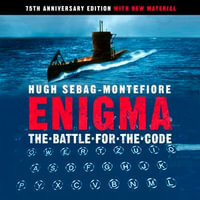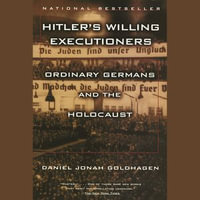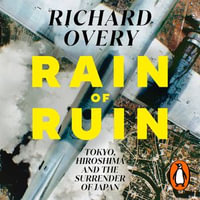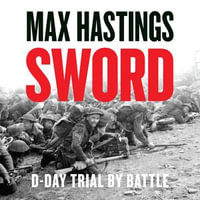The Eastern Front of World War II was a vast and brutal theater of combat that spanned thousands of miles, from the icy steppes of northern Russia to the warm plains of the Ukraine. It was here that some of the largest and most decisive battles of the war took place, involving millions of soldiers, tanks, and aircraft. The conflict between Nazi Germany and the Soviet Union began in 1941 with the German invasion under Operation Barbarossa, and it would continue until the final Soviet assault on Berlin in 1945. This epic struggle not only shaped the outcome of the war but also fundamentally altered the future of Europe and the global balance of power.
The war on the Eastern Front was marked by its sheer scale and the intensity of its combat. The German Army, bolstered by its formidable armored forces, initially swept across Soviet territory with alarming speed, encircling entire Soviet armies and capturing vast stretches of land. However, the Soviet Union, under the leadership of Joseph Stalin, mobilized its resources and manpower to repel the invasion. The conflict would evolve into a war of attrition, with both sides suffering staggering casualties in their attempt to either conquer or defend the heartland of Eastern Europe.
The role of tanks on the Eastern Front cannot be overstated. Both the Germans and Soviets relied heavily on armored vehicles, with each side developing and refining its tank forces throughout the war. German tanks, such as the Panzer III, IV, and the iconic Tiger, were initially superior in design and firepower. However, the Soviet Union, despite early setbacks, quickly adapted and mass-produced the T-34, which would become one of the most effective and influential tanks of the war. The T-34's combination of mobility, armor, and firepower helped shift the balance of armored warfare in favor of the Soviets.
























